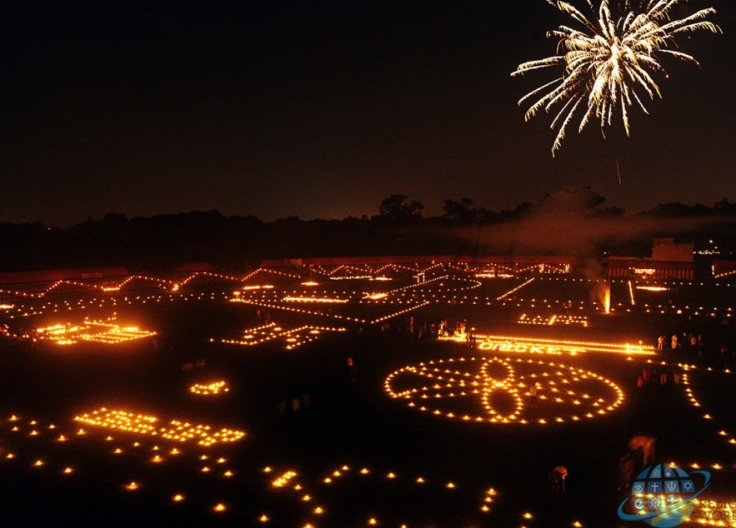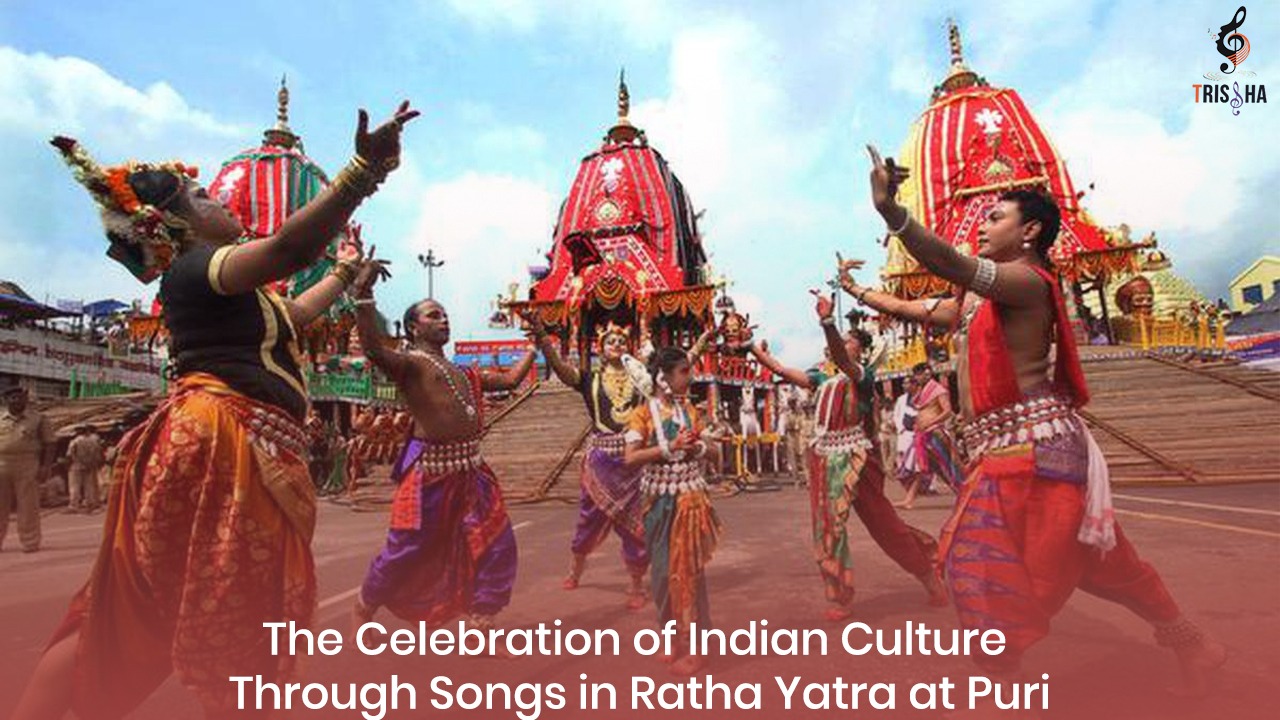Celebrating Basanta Utsav: The Vibrant Festival of Spring
As the cold grip of winter loosens its hold, and the earth awakens from its slumber, people across India eagerly await the arrival of Basanta Utsav, the festival of spring. This joyous occasion, also known as Holi, marks the rejuvenation of nature, the triumph of good over evil, and the celebration of love and unity.
Basanta Utsav is deeply rooted in Indian culture and mythology, with references dating back to ancient texts such as the Rigveda and the Puranas. Legend has it that the festival originated from the playful antics of Lord Krishna, who delighted in drenching his beloved Radha and her friends with colored water and powder. This playful aspect of the festival remains central to its celebrations today.
The vibrant colors of Basanta Utsav symbolize the vibrancy of spring and the diversity of life. Streets and homes come alive with a riot of colors as people gather to smear each other with gulal (colored powder) and splash water balloons in a spirit of camaraderie and joy. The air is filled with laughter, music, and the aroma of traditional sweets like gujiya and malpua.
One of the most iconic rituals of Basanta Utsav is the Holika Dahan, which takes place on the eve of the main festival day. Bonfires are lit in communities across the country to commemorate the victory of good over evil, symbolized by the legend of Prahlad and Holika. Families gather around the fire, singing and dancing to traditional folk songs, and offering prayers for prosperity and happiness.
On the day of Basanta Utsav, the festivities reach a crescendo as people take to the streets to participate in joyous processions known as ‘rangapanchami’. Faces smeared with colors, they dance to the beat of drums and dholaks, spreading cheer and goodwill wherever they go. The boundaries of caste, creed, and social status blur as people come together to celebrate the spirit of unity and brotherhood.
Basanta Utsav is not just about revelry; it is also a time for reflection and renewal. It reminds us of the cyclical nature of life and the impermanence of worldly pleasures. Just as winter gives way to spring, so too must we let go of our attachments and embrace the new beginnings that await us.
In recent years, Basanta Utsav has transcended cultural boundaries and gained popularity across the globe. From colorful parades in New York City to water fights in Thailand, the festival has become a symbol of joy and inclusivity, bringing people of different backgrounds together in celebration.
However, amidst the exuberance of Basanta Utsav, it is important to remember the significance of environmental sustainability. Traditional dyes made from natural ingredients like turmeric and flowers are being replaced by synthetic colors that harm the environment and pose health risks. As custodians of the earth, it is our responsibility to celebrate festivals in a way that respects and preserves the natural world.
In conclusion, Basanta Utsav is more than just a festival; it is a celebration of life, love, and togetherness. As we immerse ourselves in the colors of spring, let us also reflect on the deeper meaning of the festival and strive to make the world a brighter and more harmonious place for generations to come.






There are no comments